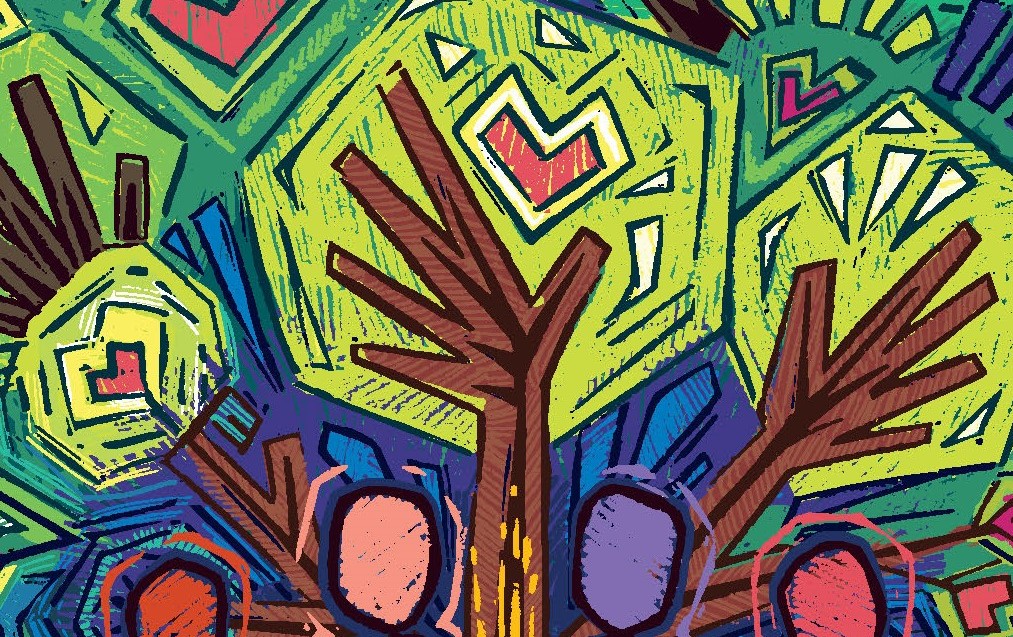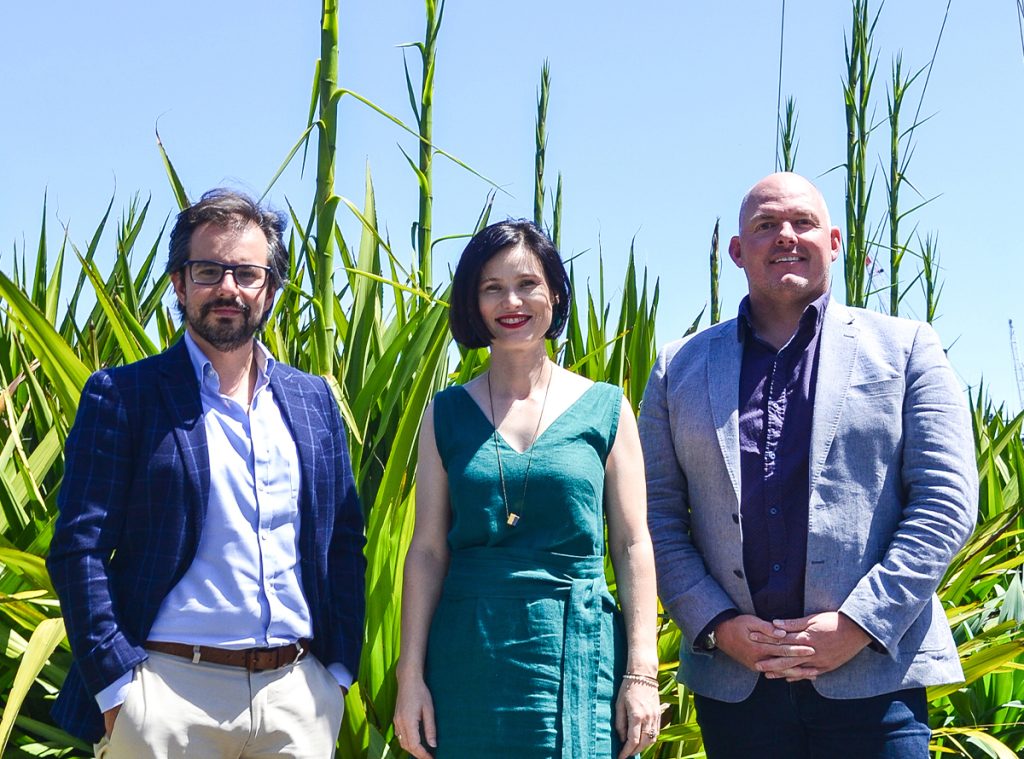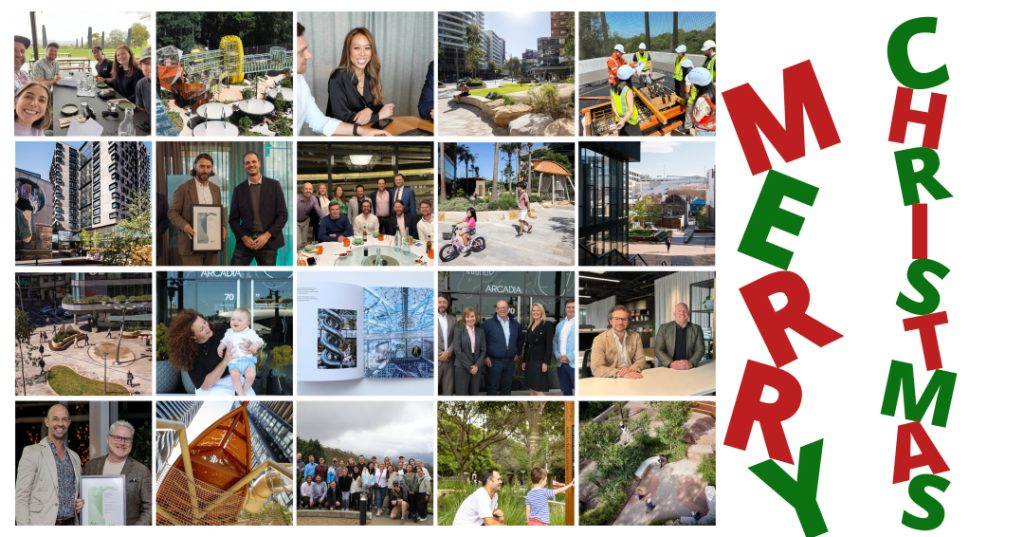The theme of National Reconcilition Week this year is Grounded in Truth and it has been enlightening to have a yarn with Yuin woman and Arcadia team member, Kaylie Salvatori. Kaylie is a landscape architect at Arcadia and was also a recipient of the Arcadia Landscape Architecture Scholarship for Indigenous Students.
“While Indigenous communities are diverse, we all have an underlying connection to Country which is core to our beliefs: if we take care of Country, Country will take care of us. With Connection to Country at the core of Indigenous identity and culture, it’s devastating that there is next to no Indigenous representation in the Built Environment industry – in fact we have one of the lowest representations of any profession.
“Essentially this means that Indigenous people have been left out of the conversation about the shape of our Country since European invasion. Landscape is fundamental to our culture and our spiritual custodianship and decision-making powers have been denied, along with our medicines, plants, foods and sacred sites, causing the destruction of our livelihoods, our culture and our spirituality.
“This can be uncomfortable to dwell on but I raise it, as the theme of the week is Grounded in Truth and reconciliation can only happen with truth telling.”
While highlighting that the journey to reconciliation will be a long one, Kaylie is seeing many positive changes occurring in the Built Environment industry, as well as in the studios she has worked in.
These include initiatives working to address institutionalised gaps and inequalities, such as school outreach programs and access scholarships, the AILA Reconciliation Action Plan, and an industry-wide push towards better consultation and collaboration with Indigenous communities. She also welcomes that all regional plans for NSW refer to Aboriginal heritage and culture.
“For years, built environment has overlooked millennia of Aboriginal architectural, design and agricultural knowledge and I strongly believe that this puts Landscape Architects in a position where they can make a difference. By involving the First People in the design process, we can help to share our stories and build cultural awareness. This has a better outcome for the design – Indigenous knowledge can add so much value and richness to the sense of place.”
Kaylie’s Aboriginal heritage (Yuin) is a strong driver in her approach to placemaking, with an emphasis on landscape identity, fostering connections to Country, and creating spaces in which culture can be respected, shared, and celebrated.
Working in a landscape architecture studio has given Kaylie an insight into how landscape architecture can make a difference, not just on a project basis, but with company and industry wide changes. She also recognises that the needs of all stakeholder need to be met, and this is why establishing a trusting relationship from the outset is so beneficial to achieving a successful project outcome.
“We are currently working on the design of the Pomigalarna Cycle Complex in collaboration with GHD and City of Wagga Wagga, which has involved ongoing collaboration with the Wiradjuri Women’s Group as the site is located on a place of significance to them. This is allowing us to weave a cultural overlay, ensuring the design respects and honours the spirit of the place. This is helping to shape some beautiful design elements, but is also opening the conversation to non-indigenous stakeholders, including the cyclists, other users of the site and the client, and we’re relishing the challenge to design a site which will meet everyone’s needs.”
Incorporating Aboriginal history into landscape architecture isn’t just about the natural environment – there are many contemporary urban areas that are just as important to communities for the part they have played in Aboriginal memory.
“We are working with the local community for our Darlington Public School project, a school that holds a special place in the hearts of many. The school has a strong history of Aboriginal excellence, where kids have been able to study without segregation or discrimination – as such the site is revered for the role the school continues to play in our civil rights history.”
Arcadia is also working with a leading university to develop a state-of-the-art health precinct. The landscape spaces in and around the site have been designed to respect to the original owners of the land using a directive Indigenous Design Strategy. This strategy will weave an Indigenous thread throughout, with ties to the land will be shown with artwork, an interpretive walkway and the use of traditional indigenous bush tucker and medicinal plants.
Arcadia’s principals, Alex Longley, Michael Barnett and Nathan Clausen, share Kaylie’s passion about connecting communities to Country and celebrating Indigenous culture.
“Our approach to every project begins with detailed analysis and appraisal, before we even pick up a pen to begin design work. This gives us an understanding of the Indigenous significance of a site and how it was used. We believe that landscape architecture and urban design is more meaningful when the traditional custodians are active contributors to how a space will function,” says Alex Longley.
“We’re weaving Connection to Country into Arcadia’s philosophy; we’re providing our team with ongoing cultural training, we’re partnering with and increasing number of Indigenous initiatives , as well as mentoring Indigenous professionals. We’re continuing our UNSW scholarship for Indigenous students studying landscape architecture, as well as establishing similar programs with other universities, and encourage Indigenous students to apply as they can help shape an industry which will benefit from their cultural perspective.”






